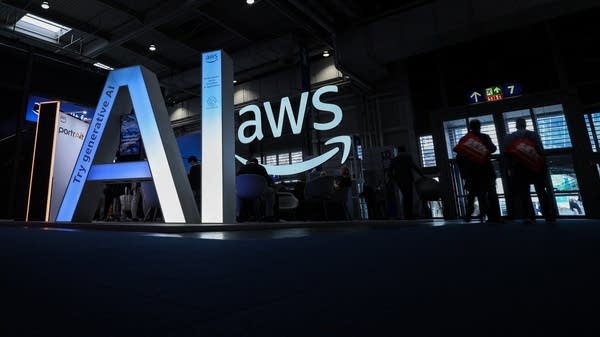Amazon Enters AI Video Ad Market, Raising Questions About Digital Marketing Future
Amazon has launched an artificial intelligence video ad generator for U.S. sellers, allowing them to create customized video advertisements from still images with minimal effort. This move positions Amazon alongside other tech giants like Meta and Netflix in exploring generative AI for ad creation.

The technology can transform a static product image into a video showing the product in action, complete with music and animated text derived from product descriptions and customer reviews. Kabir Bedi, head of product for generative AI at Amazon Ads, explained that the tool aims to lower the barrier for creating high-quality ads.
“You want someone wearing the watch. You want to see how a human sees the time by moving their wrist with the watch,” Bedi said, illustrating how the AI can enhance product demonstrations.
Experts are divided about the impact of AI-generated ads on digital marketing. Professor Garrett Johnson from Boston University notes that AI can significantly improve ad targeting by allowing multiple messages to be tailored to different consumer profiles.
“It’s very easy to have, instead of just one message to consumers, to have a pool of 10 messages and for the AI to find the consumer that’s best matched to that,” Johnson explained.
However, Koen Pauwels, a professor who has worked with Amazon Ads, expresses concern that while AI-generated ads may initially seem innovative and efficient, they risk becoming forgettable and homogenized.
“In the beginning, it may seem very cool, and it’s efficient, and it can also sometimes even be more creative,” Pauwels said. “But the danger is that things will look all the same.”
This concern is particularly relevant as other major tech companies follow suit in leveraging generative AI for advertising. Meta is developing similar technology, and Netflix has hinted at using AI to tailor ads to the context of its shows.
The shift towards AI-generated content in digital marketing represents a significant change in how businesses will reach consumers. While the technology promises greater efficiency and customization, its long-term impact on consumer engagement and ad originality remains to be seen.


